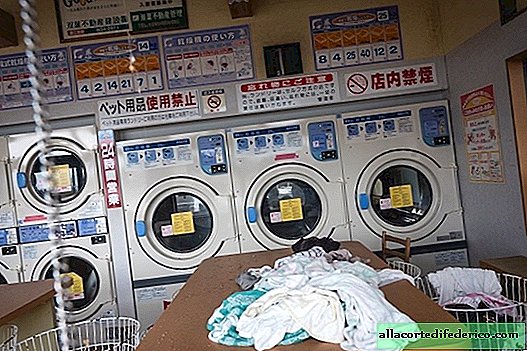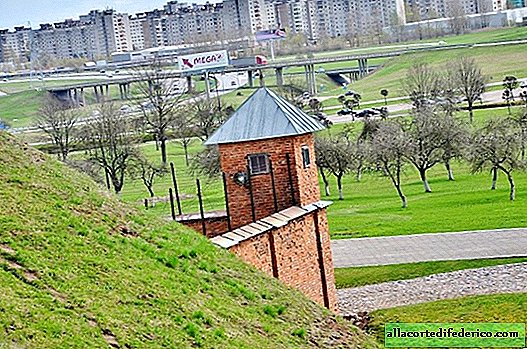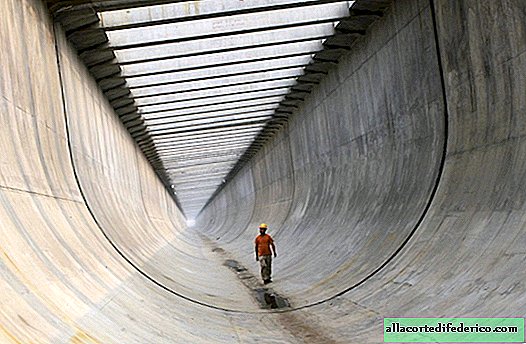The famous photographer disappeared in China: 14 of his photos, due to which this could happen
Photographer Lu Guang disclosed to the world those aspects of China that the government of the country wanted to keep silent about. His themes were drug addiction, HIV, environmental disasters, poverty and other frightening things. But today, the main character of the story is Guang himself: his wife, Xu Xiaoli, claims that she has not seen her husband and has not received news from him since November 3.

On October 23, Lu Guang flew to Urumqi, the capital of the Xinjiang region, where he planned to attend some events for photographers. He then had to fly to Sichuan to meet his friend, Mr. Chen. Here Lu was to take part in a charity evening. But Mr. Chen could not find a photographer or contact him.
When Chen asked Gaun’s wife about her husband’s whereabouts, it turned out that she knew nothing. After conducting a small investigation, Xu contacted the wife of the man who invited Lu to Xinjiang. She found out that her husband and this man were taken away by representatives of the national security service. Later, local officers confirmed this.

According to the BBC, recently Xinjiang has become notorious for its tough control measures, supervision and the ubiquitous presence of the police. The government is sensitive to criticism and detains journalists who in the past reported negative facts about China.
"The reality in China is that you never know if you will be in trouble because there are no written rules."- said Lu Guang in one of his last interviews.
Worker in Wuhai, Inner Mongolia, April 10, 2005.

Industrial area.

Children also live in industrial areas. China's economic development requires a lot of energy and causes enormous environmental pollution.

On July 16, 2010, an oil shipyard pipeline exploded in Dalianwan Bay, spewing a lot of oil into the sea. Cleaning the oil pollution was entrusted to fishing boats.

Lu Guang received the 2004 World Press Photo Award for filming AIDS villages. Then 678 people contracted HIV by donating blood. 200 of them died.

Laseng Temple is famous for its more than 200 years of history. Here they studied Mongolian medicine. Its territory was catastrophically polluted by surrounding plants.

Many factories have been moved from the east to the central and western parts. Workers constantly work in dust.

The Baotou Steel plant discharges waste water into the storage after processing minerals.


Yanwei Chemical Industrial Park in Lianyungang discharges sewage into the sea.

In the village where jeans are made (Guangdong Province), workers receive a stone every morning for grinding denim.


Families such as this have sold everything of value in their home to cover medical expenses.

A young girl warms her hands in winter. Her father is infected with HIV and has to take care of five children and his elderly parents.


















